In case you’ve been living in a cave recently and hadn’t heard, a “polar vortex” has gripped our section of the country with the coldest temps we’ve seen in twenty years. With temps below zero before the wind chill, almost all schools in the area have closed to keep kids safe. But being a homeschooling family, school goes on here! Honestly, we’ve been on Christmas break for three weeks now–I think the kids might not survive another few days off from school. They were as happy to return to our routine as I was!
We eased into it today, taking time to assess and discuss how the first semester went, and get their ideas for this semester. And then we got around to the fun–with record low temps, we were crazy and wanted to go out and do some experiments in this weather. (This is how homeschooling seems to work–while everyone else is hunkered down inside, homeschoolers are crazy and going out on purpose, to do science experiments!) A few months ago LittleMissSunshine and I had seen an experiment which involved freezing bubbles, and she was dying to get out and try them. JD was not so happy, preferring to sit inside and watch from a window. We made him come out, and he had a blast too.
For the experiment part, we did two things. First, we used two different bubble solutions to test how thick the walls of the bubbles needed to be to survive the cold. Second, we timed the freezing, to see how long it would take. (Or well, we tried to time it. It didn’t actually work in real life.)
For our solutions we used regular bubble mix from the store, and a homemade solution. (The homemade solution is one part dish soap, two parts water, and two tablespoons of sugar to thicken the solution.)
So first, we bundled up like we were headed to the arctic circle. (Which, by the way, it is warmer in Alaska than it is here in Kentucky. Crazy!) JD, who usually wears short sleeves and *maybe* a light hoodie to go out in during the winter, had to borrow some of my gear.
We measured the temperature with our portable weather station: -2 degrees. Winds were from the NW at 11 mph.
Then we grabbed our two different solutions. The store bought solution was a miserable failure. It would blow bubbles just fine indoors, but outdoors the bubbles would shatter into a million pieces almost the second they hit the air.
So we tried the second mix, the homemade one. It worked better, but because of the wind it would blow off too easily, and we couldn’t catch the bubbles to watch them freeze. We could see it happening in the air, but they’d hit the ground and shatter. So in we went again, to try a new solution. LittleMissSunshine decided we needed more soap and more sugar, so she added another two tablespoons of soap to the mixture and another tablespoon of sugar. We bundled back up and tried again.
Success!
With the strong winds it took some time to actually catch one so we could see it freeze up close!
You can see the frost forming around the bottom, but around the top you can see the swirling as it begins to weaken and then…
POP!
That stuff that looks like cellophane? That’s the frozen bubble after it collapsed.
We didn’t hang around outside for long. By this point our fingertips were starting to hurt, even with good gloves on. We came in, warmed up with some hot cocoa, and are now curled under blankets, doing the rest of today’s lessons. I hope you’re all staying warm!

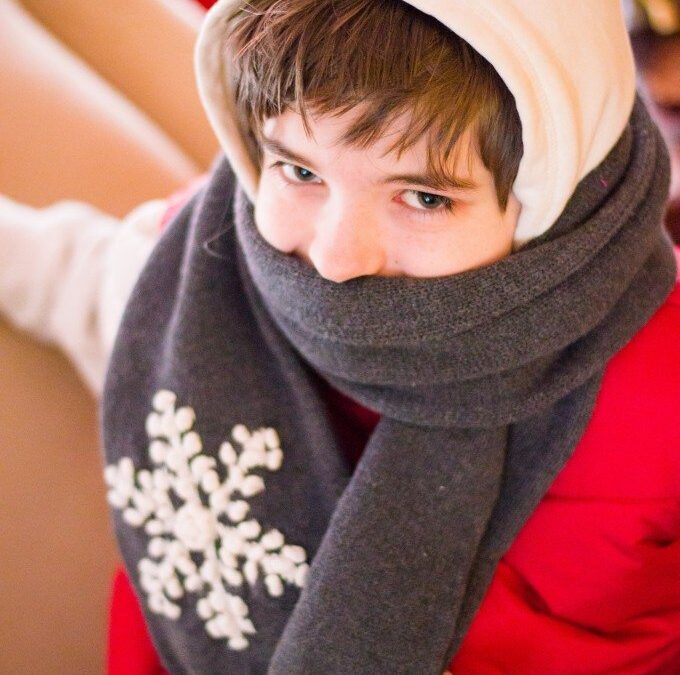







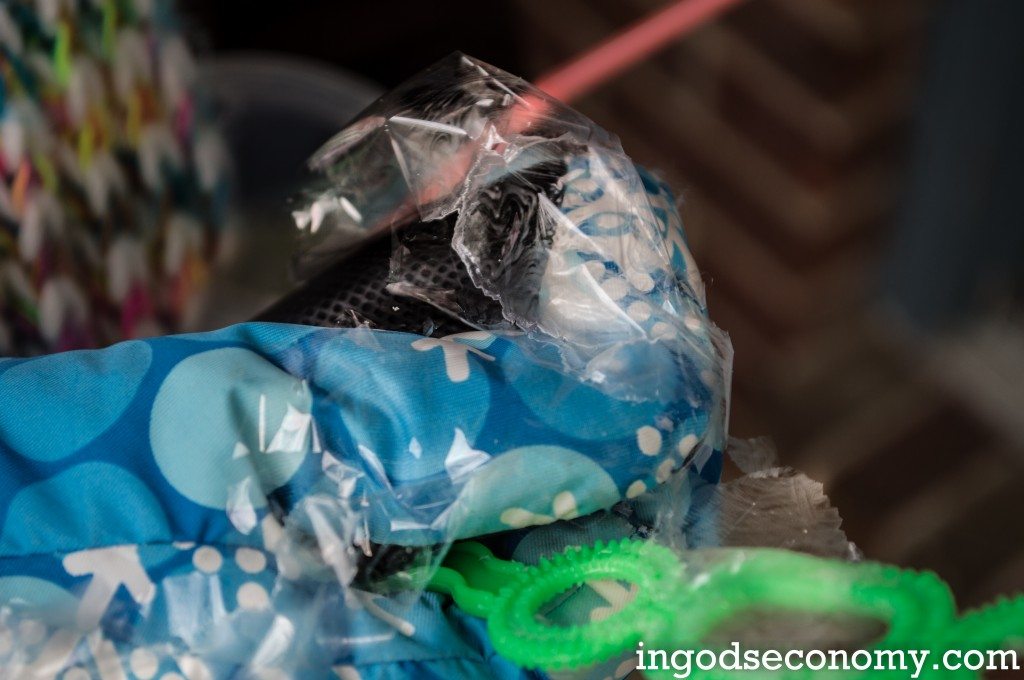









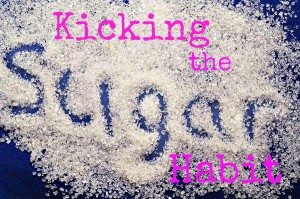
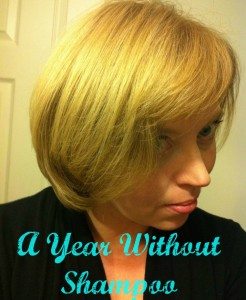

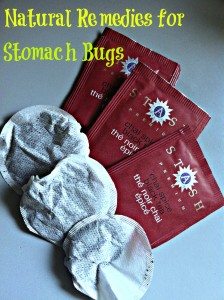


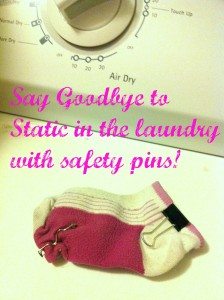

Hi Heather, do you still post all the grocery deals and coupons? I looked on Little Miss Know It All and it directs me to Cincy Savers but I don’t see your blog. I just started clipping coupons and I am looking for a Local site that matches the weekly deals with the manufacturers’ coupons.
Tif
I don’t do that any more. I left cincysavers about two years ago in search of a change. As much as I loved my time as LittleMissKnowitAll, it was time to try something new. I still blog here about frugal lifestyle stuff–how to make your own products pretty cheap, that I’ve researched and tested myself–but not specifically about coupons. I’ve also recently opened my own photography business. I can highly recommend Katie at CincinnatiCents.com for coupon and grocery deals. She does good work!
Testing
Putting this on my list to try if we get another big freeze!